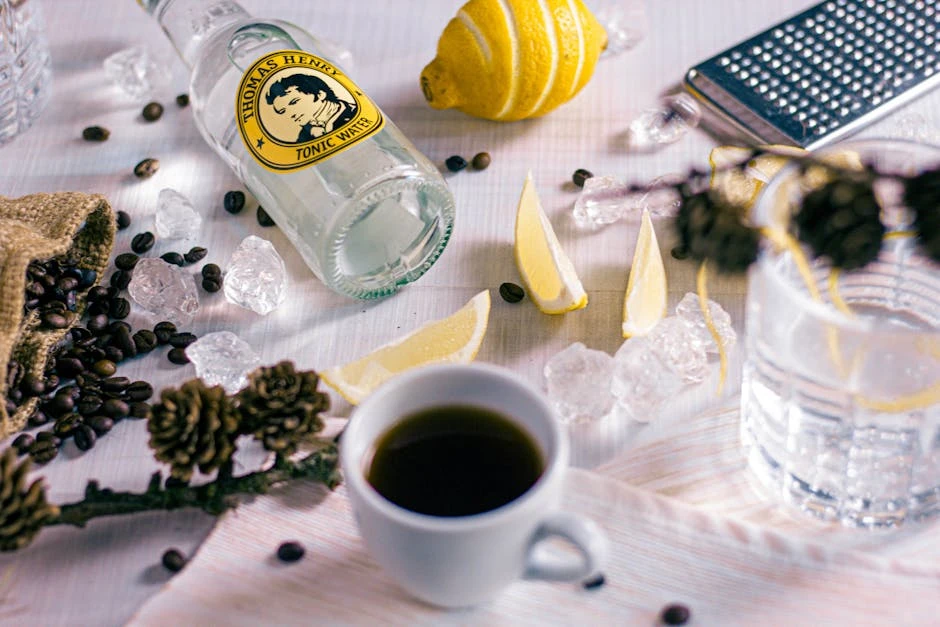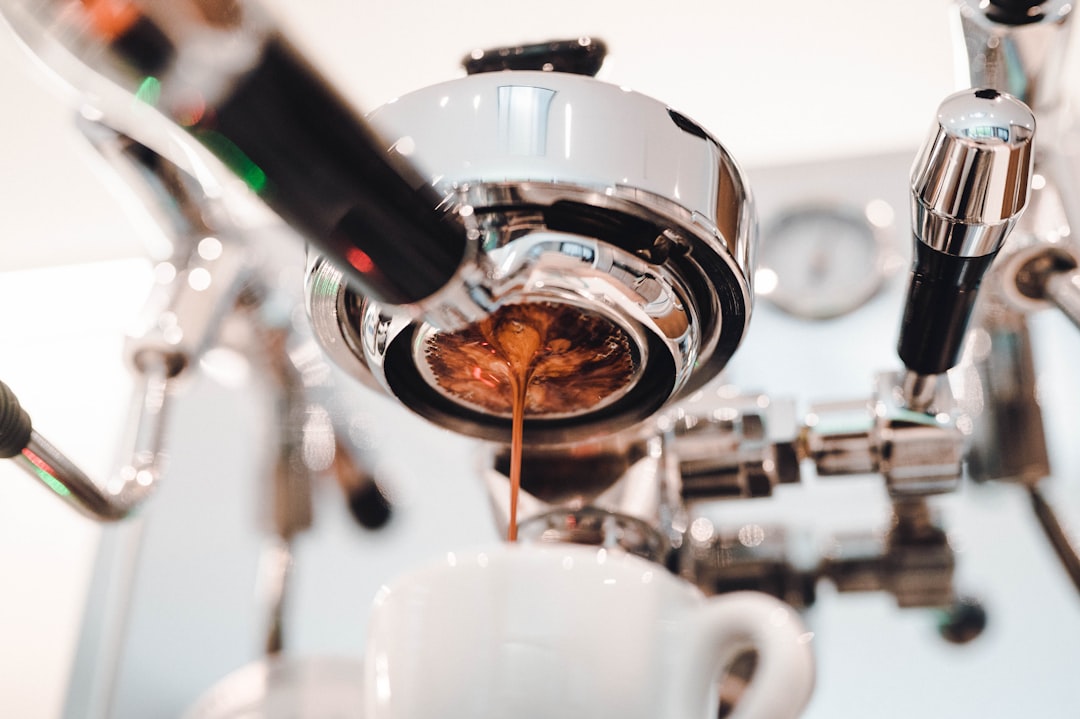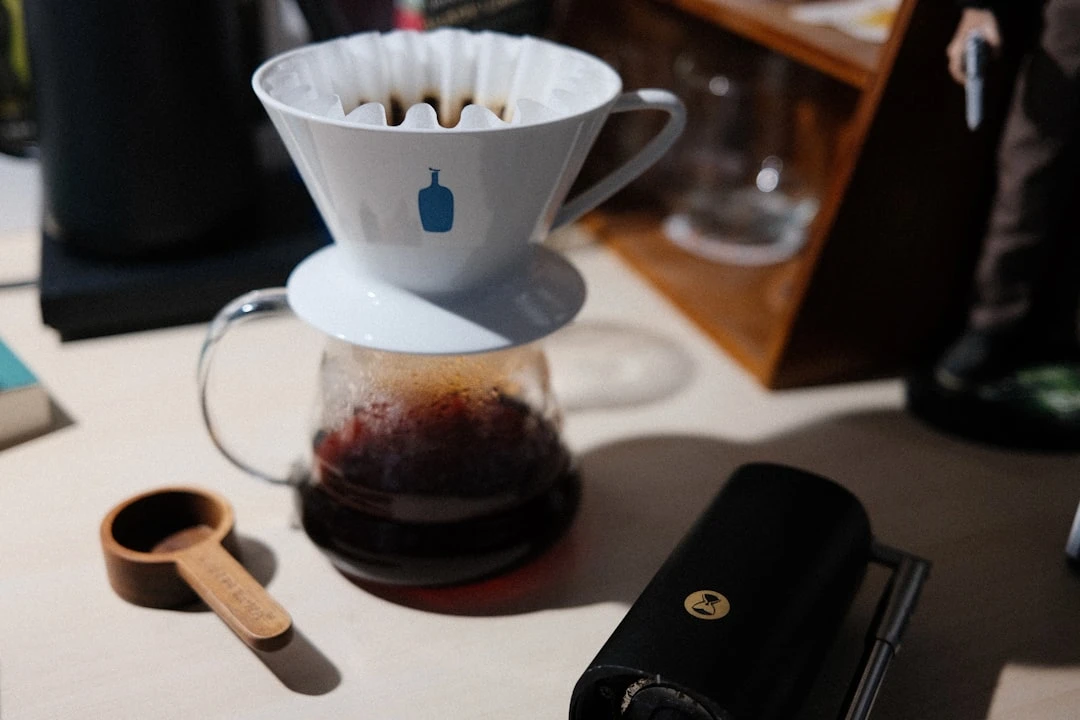How to Make Authentic Tiramisu: Traditional Italian Recipe (2025 Guide)

Introduction
Did you know that authentic tiramisu contains no whipped cream whatsoever? I learned this the hard way during my first trip to Italy when I confidently ordered what I thought would be familiar comfort food, only to discover I'd been making "fake" tiramisu my entire life!
The shock on my Italian host's face, when I mentioned adding heavy cream, was priceless. That embarrassing moment led me down a rabbit hole of traditional Italian cooking that completely changed how I approached this beloved dessert. After years of perfecting the technique and learning from actual Italian nonnas, I'm excited to share the real deal with you.
Trust me, once you taste authentic tiramisu made the proper way, you'll never go back to those heavy, overly sweet versions that dominate American restaurants. This isn't just another recipe—it's a journey into the heart of Italian culinary tradition.
What Makes Tiramisu "Authentic" (The Italian Standard)
Let me tell you about the day I thought I was being helpful by bringing tiramisu to my Italian neighbor's dinner party. I was so proud of my creation, loaded with whipped cream and extra sugar. The politeness on everyone's faces should have been my first clue!
Authentic tiramisu originated in the Veneto region of Italy, specifically in Treviso, sometime in the 1960s. The name literally means "pick-me-up" in Italian, which makes perfect sense when you consider the coffee and slight alcohol kick. But here's what most people don't realize—the original recipe was incredibly simple and relied on technique rather than loads of ingredients.
The biggest difference between authentic and Americanized versions? No whipped cream, ever. Italian nonnas use only mascarpone, eggs, sugar, and sometimes a touch of Marsala wine or coffee liqueur. That's it. The lightness comes from properly whipped eggs and gentle folding technique, not from adding dairy products that mask the delicate coffee flavor.
I spent months trying to figure out why my tiramisu always tasted heavy compared to what I had in Italy. Turns out, I was drowning the coffee flavor with unnecessary cream. When you use real mascarpone properly prepared, you get this incredible silky texture that's both rich and surprisingly light.
The coffee preparation is equally important. Italians typically use strong espresso or moka pot coffee, cooled to room temperature. None of this instant coffee nonsense that some recipes suggest. The coffee needs to have enough strength to penetrate through the creamy layers without making everything soggy.
Another key authenticity marker is the use of savoiardi cookies, not regular ladyfingers. These Italian cookies have a specific texture and absorption rate that's crucial for proper tiramisu construction. I learned this after wondering why my dessert always turned mushy—American ladyfingers just don't hold up the same way.
Essential Ingredients for Traditional Tiramisu
Getting the right ingredients is half the battle with authentic tiramisu. I used to think mascarpone was mascarpone, boy was I wrong! After ruining three batches with subpar cheese, I finally understood why Italian cooks are so picky about their ingredients.
Real mascarpone should be creamy white, slightly sweet, and have the consistency of thick sour cream. Avoid anything that looks grainy or has separated liquid on top. I've had the best luck finding quality mascarpone at Italian delis or specialty cheese shops. The stuff from regular grocery stores can work, but check the expiration date carefully—mascarpone goes bad quickly.
Savoiardi cookies are non-negotiable for authentic results. These Italian ladyfingers are drier and more porous than regular ladyfingers, which means they absorb coffee without falling apart. I order mine online when I can't find them locally. Regular ladyfingers will make your tiramisu soggy every single time.
Here's where things get controversial—the egg situation. Traditional tiramisu uses raw eggs, which freaks out a lot of people. I get it, food safety is important. If you're concerned, use pasteurized eggs or make a cooked zabaglione instead. But honestly, I've been making it the traditional way for years without issues. Just use the freshest eggs possible from a reputable source.
The coffee component is crucial. I use a strong espresso or moka pot coffee, cooled completely to room temperature. Hot coffee will melt your mascarpone and ruin everything. Some recipes call for adding sugar to the coffee, but I prefer keeping it pure and adjusting sweetness in the cream mixture instead.
Marsala wine versus coffee liqueur is a regional preference thing. Traditional Venetian recipes often use dry Marsala wine, while other regions prefer Kahlúa or Tia Maria. I personally like a splash of good brandy, but that's just me being fancy. The alcohol isn't just for flavor—it helps prevent the eggs from cooking when you add the warm coffee.
Don't skimp on the cocoa powder for dusting. Use high-quality unsweetened cocoa, not hot chocolate mix. I learned this lesson when my first tiramisu looked beautiful but tasted like cheap chocolate milk on top.
Step-by-Step Authentic Tiramisu Recipe
Ingredients:
- 6 large egg yolks
- 3/4 cup white sugar
- 1 1/4 cups mascarpone cheese (room temperature)
- 1 3/4 cups strong espresso, cooled
- 2 tablespoons Marsala wine or coffee liqueur
- 2 packages (7 oz each) savoiardi cookies
- Unsweetened cocoa powder for dusting
Alright, here's where the magic happens. I'm gonna walk you through this step by step, including all the little tricks I wish someone had told me when I was starting out.
First, make your coffee and let it cool completely. This is crucial—I cannot stress this enough. Hot coffee will turn your beautiful mascarpone into a curdled mess. I usually make the coffee first thing and let it sit while I prep everything else.
In a large bowl, whisk together egg yolks and sugar until thick and pale. This takes about 5 minutes of serious whisking, and yes, your arm will get tired. The mixture should fall in ribbons when you lift the whisk. Don't rush this part—properly whipped eggs are what give tiramisu its light texture.
Now comes the tricky part that took me forever to master. Add the mascarpone to the egg mixture in three additions, folding gently each time. Don't use an electric mixer here! The key is to fold from the bottom up, turning the bowl as you go. Over-mixing will make the mascarpone lose its structure and turn grainy.
Combine the cooled coffee with Marsala wine in a shallow dish. Quickly dip each savoiardi cookie in the coffee mixture—we're talking a one-second dip on each side. The cookies should be moistened but not soggy. My first few attempts were disasters because I soaked them too long.
Start assembling in your serving dish. Layer half the dipped cookies on the bottom, then spread half the mascarpone mixture over them. Repeat with remaining cookies and cream. Don't worry if it looks messy—that's part of the charm.
Cover with plastic wrap and refrigerate for at least 4 hours, but preferably overnight. I know waiting is torture, but trust me on this. The flavors need time to meld, and the texture needs time to set properly.
Right before serving, dust the top with cocoa powder using a fine-mesh strainer. This gives you that beautiful, even dusting that screams "professional." Some people use a template to make fancy designs, but I think simple is better.
Common Tiramisu Mistakes (And How to Avoid Them)
Oh boy, have I made every mistake in the book with tiramisu! Let me save you some frustration by sharing the disasters I've learned from over the years.
The biggest mistake I see people make is ending up with watery tiramisu. This usually happens because the mascarpone wasn't at room temperature when you mixed it, or you over-mixed it and broke the emulsion. Cold mascarpone doesn't fold properly and will separate when you try to combine it. Take it out of the fridge at least an hour before you plan to use it.
Another water-related disaster comes from using hot coffee or soaking the cookies too long. I once made tiramisu for a dinner party and didn't let my espresso cool properly. The hot coffee basically melted the mascarpone layer, and I ended up with coffee-flavored soup. Not my finest moment.
Over-mixing the mascarpone is probably the second most common mistake. When mascarpone gets overworked, it loses its smooth texture and becomes grainy or curdled. Once this happens, there's no fixing it—you have to start over. I learned to mix everything by hand with a rubber spatula, using gentle folding motions.
Temperature control is huge with tiramisu. If your kitchen is too warm, the mascarpone will soften too much and won't hold its shape. During summer, I actually chill my mixing bowl in the freezer for a few minutes before assembling. It helps keep everything stable.
Using the wrong type of cocoa powder might seem minor, but it makes a difference. I once used sweetened cocoa by mistake, and the final result was cloyingly sweet. Stick with high-quality unsweetened cocoa powder for that perfect bitter contrast.
Serving too soon is tempting, but patience pays off. I've rushed it before and ended up with layers that hadn't set properly. The cookies need time to soften just right, and the flavors need time to develop. Four hours minimum, but overnight is ideal.
Here's a storage tip I learned the hard way—always cover your tiramisu tightly with plastic wrap. The mascarpone will absorb other flavors from your fridge, and nobody wants tiramisu that tastes like leftover pizza. Also, don't add the cocoa powder until right before serving, or it'll get soggy and look sad.
Tiramisu Variations and Regional Differences
After mastering the classic version, I got curious about regional variations across Italy. Turns out, every region has their own little twist on the basic recipe, and some of them are absolutely delicious.
In Friuli, they often add a layer of sliced strawberries or pears between the mascarpone layers. I tried this during strawberry season, and it adds this lovely fresh element that cuts through the richness. Just make sure to pat the fruit dry, or you'll end up with a soggy mess.
The Venetian version sometimes uses rum instead of Marsala wine, which gives it a completely different flavor profile. I personally prefer this variation because rum pairs so beautifully with coffee. Some families in Venice also add a thin layer of chocolate shavings between layers.
For alcohol-free versions (great when kids are around), I substitute the Marsala with more strong coffee or sometimes a bit of vanilla extract. The key is maintaining that flavor depth without the wine. I've also experimented with coffee syrup, which works surprisingly well.
Individual portions have become super popular for entertaining. I use small glasses or ramekins and build the layers the same way. It looks fancy and solves the serving problem—no more worrying about perfect slices. Plus, portion control becomes automatic.
Make-ahead considerations are important if you're hosting. Tiramisu actually improves after a day in the fridge, so it's perfect for dinner parties. I've successfully made it two days ahead without any quality loss. Just remember to add the cocoa dusting right before serving.
I've experimented with freezing tiramisu for longer storage, and it works better than you'd expect. Wrap individual portions tightly and freeze for up to a month. Thaw in the refrigerator overnight, and it's almost as good as fresh. The texture changes slightly—it becomes a bit more dense—but the flavor remains excellent.
Some modern variations include adding espresso powder directly to the mascarpone mixture for extra coffee punch, or using different cookies like amaretti for a almond flavor twist. I've tried both, and while they're tasty, they stray pretty far from authentic territory.
Troubleshooting Your Tiramisu Results
Let's talk about what to do when things go wrong, because they will. I've had plenty of tiramisu disasters over the years, and I've learned how to fix most problems—or at least prevent them next time.
If your mascarpone mixture turns out runny, the most likely culprit is temperature. Either your mascarpone was too warm, or you mixed it too vigorously. Unfortunately, there's not much you can do to fix it once it's broken. Next time, keep everything cool and mix gently.
On the flip side, if your mixture is too thick and difficult to spread, your mascarpone was probably too cold. Let it come to room temperature gradually, and you can carefully fold in a tablespoon of the coffee mixture to loosen it up slightly. Don't add too much, or you'll end up with the opposite problem.
Curdled mascarpone is heartbreaking, but it happens. Usually, this means the mascarpone was old, too warm, or you added something acidic to it. Prevention is better than cure here—always check expiration dates and keep everything at the proper temperature. If it curdles, there's no saving it.
Over-soaked ladyfingers will make your tiramisu fall apart when you try to serve it. If you realize you've soaked them too much during assembly, you can try pressing them gently with paper towels to absorb excess liquid. It's not perfect, but it might save your dessert.
Sweetness levels can be tricky to get right because everyone's taste is different. If your finished tiramisu is too sweet, there's not much you can do except remember for next time. If it's not sweet enough, you can try adding a very light dusting of powdered sugar along with the cocoa, but this changes the traditional flavor profile.
Temperature and humidity in your kitchen affect tiramisu more than you'd think. In humid weather, everything takes longer to set, and the cookies might get soggy faster. I've learned to adjust my timing based on weather conditions. On humid days, I use slightly less coffee mixture and give it extra chilling time.
When everything goes completely wrong and you're left with a disaster, sometimes it's better to start over than try to salvage it. I've learned this lesson the hard way more than once. Keep backup ingredients on hand if you're making it for a special occasion.
Conclusion
Making authentic tiramisu isn't just about following a recipe—it's about understanding the soul of Italian dessert-making. The beauty lies in its simplicity and the quality of each ingredient working in harmony. Through all my mistakes and successes, I've learned that patience and respect for traditional techniques make all the difference.
Remember, every Italian family has their own small tweaks to the classic recipe, so don't be afraid to adjust based on your taste preferences once you've mastered the fundamentals. The most important thing is using real mascarpone, strong coffee, and giving it proper time to set. These basics will serve you well no matter what variations you explore.
The key to perfect tiramisu is practice and attention to detail. Don't get discouraged if your first attempt isn't restaurant-quality—mine certainly wasn't! Each time you make it, you'll understand the process better and develop your own rhythm with the folding and layering techniques.
Related Articles

Easy Espresso Tonic Recipe: Make This Trendy Iced Coffee Drink in 5 Minutes
Read More →
Espresso Lungo: The Perfect Balance Between Espresso and Coffee
Read More →

